 16th November 2008
16th November 2008 14th November 2008
14th November 2008 13th November 2008
13th November 2008 12th November 2008
12th November 2008 10th November 2008
10th November 2008 9th November 2008.
9th November 2008.All perianths have dropped off and all we can see is the decaying 3 red bracts and the yellow ovaries.
In the coming days, we can only expect to see fruiting and decaying red bracts.
 8th November 2008.
8th November 2008.Still 1 perianth left...
 7th November 2008.
7th November 2008.As expected, there is 1 perianth left.
 6th November.
6th November.2 perianths left and the topmost starting to open.
We can expect it to drop off by tomorrow.
 5th November 2008
5th November 2008The rightmost perianth is starting to open and will drop off by tomorrow...
 4th November 2008.
4th November 2008.Another perianth is starting to open...
 3rd November 2008.
3rd November 2008.As expected, there only 3 perianths left.
 2nd Nov 2008.
2nd Nov 2008.4 perianths are visible. You should notice that the topmost perianth is glowering and will drop off by tomorrow.
 1st November 2008
1st November 2008Only 5 perianths left...
 31st October 2008
31st October 2008Perianths are looking sticky yellow and there are 6 left with the top right opening.
 28th October 2008
28th October 2008Yes, the perianth actually dropped of yesterday evening .
 27th Oct 2008
27th Oct 2008Did you notice the opening of the leftmost petals as it flowers. I expect the perianth to drop off tomorrow, and exposing the ovary.
 26th October 2008
26th October 2008Moved to LH of balcony.
As expected, one of the perianth has dropeed off.
10 perianths visible
 25th November 2008
25th November 2008Rightmost perianth starting to open and should drop off by tomorrow.
 24th October 2008
24th October 20089 perianths clearly visible
 21st October 2008
21st October 20088 yellow perianths are now visible.
 20th October 2008
20th October 20086 yellow perianths are now visible.

19th October 2008
4 yellow perianths are now visible and the 3 red bracts are still vertical.
17th October 2008, Starting to monitor flowering process



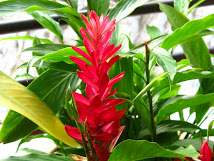
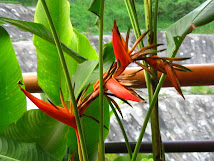


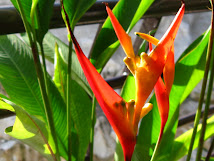


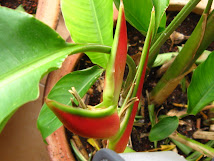


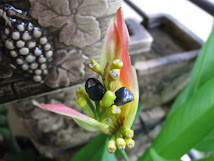
No comments:
Post a Comment